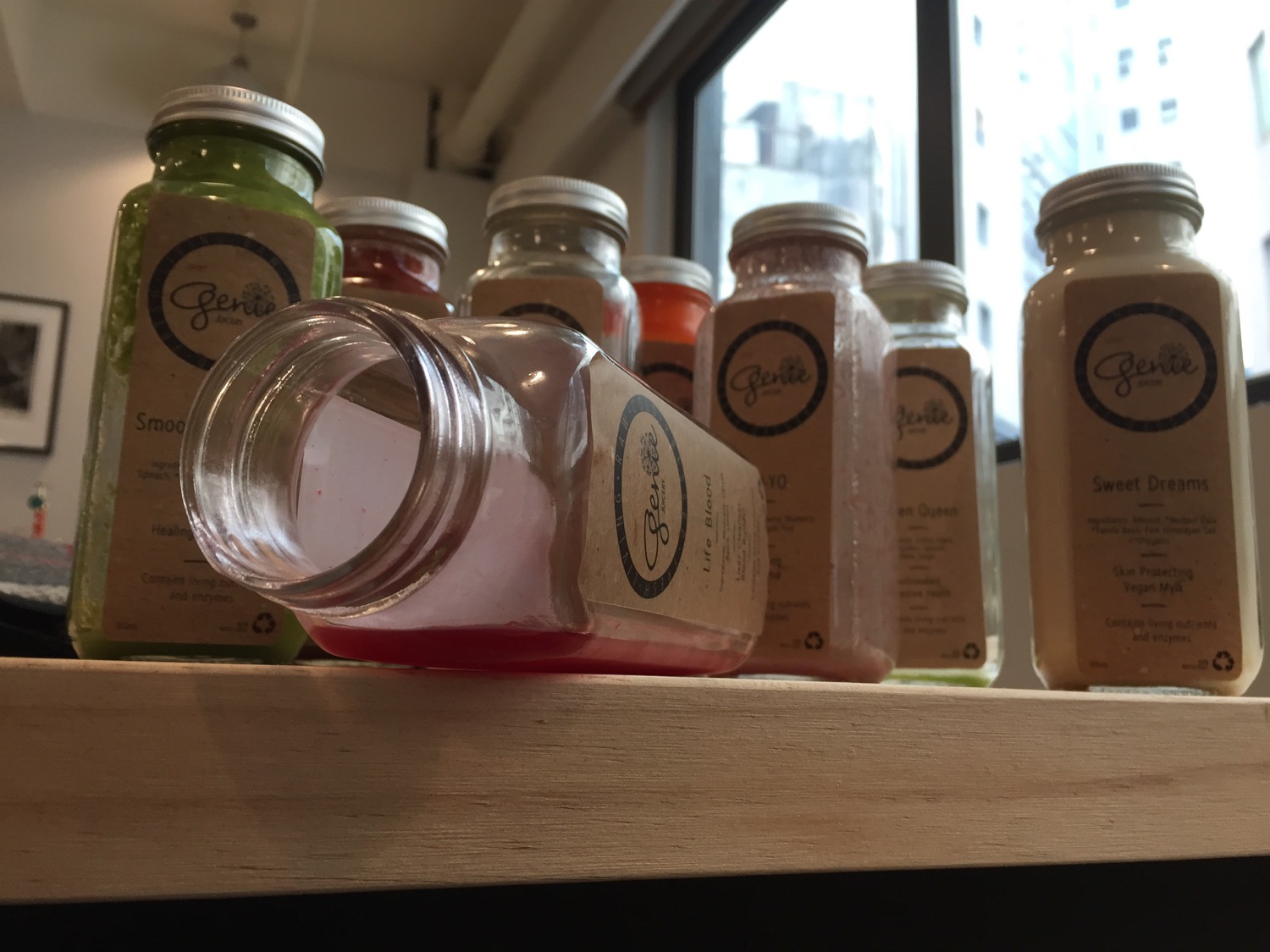We need to talk about juice.
Even if you, like us, live in a Goop-proof bubble — and based on what actual experts say, you probably should — by now you’ve no doubt heard about the trend of so-called “cold-pressed” juicing and the attendant host of allegedly detoxifying cleanses that represent its apotheosis.
A lot has been said about juicing, both by its breathless marketers, with their claims of “living enzymes” and “100 percent” nutrient absorption, and by its detractors, who are similarly out of breath in the frenzied effort to counter the onslaught of those claims with sober reminders that the actual science isn’t really there.
An authoritative dissection of the claims and their scientific counterpoints could easily run into thousands of words, so allow us to summarize it.
Does juice contain healthy nutrients? Well, yeah, sure. It’s juice.
Does its cold-pressed, pristine, juice-ly form aid in those nutrients’ absorption, as its purveyors maintain? It’s complicated, but not exactly.
And finally, the mother of all juice claims: Does it flush unhealthy toxins from your body? Uh, no.
But what about the juice’s more nebulous purported benefits? You know, the ones that aren’t easily debunked (or at least complicated to the point of irrelevance) by people in white coats.
For instance, what about the insistence that juicing will make you “feel lighter,” “look brighter,” or even, as some people report, “experience overwhelming joy”?
Those last three claims were taken from the literature — the “Bible,” in fact — that accompanied a five-day juice cleanse offered by Hong Kong’s very own Genie Juicery, which, god help us, Coconuts HK undertook over the course of a recent work week.
The cleanse included eight bottles of juice per day, delivered each morning in reusable insulated pouches (nice swag!) along with envelopes containing chia seeds and mysterious “husks” (more on that later).
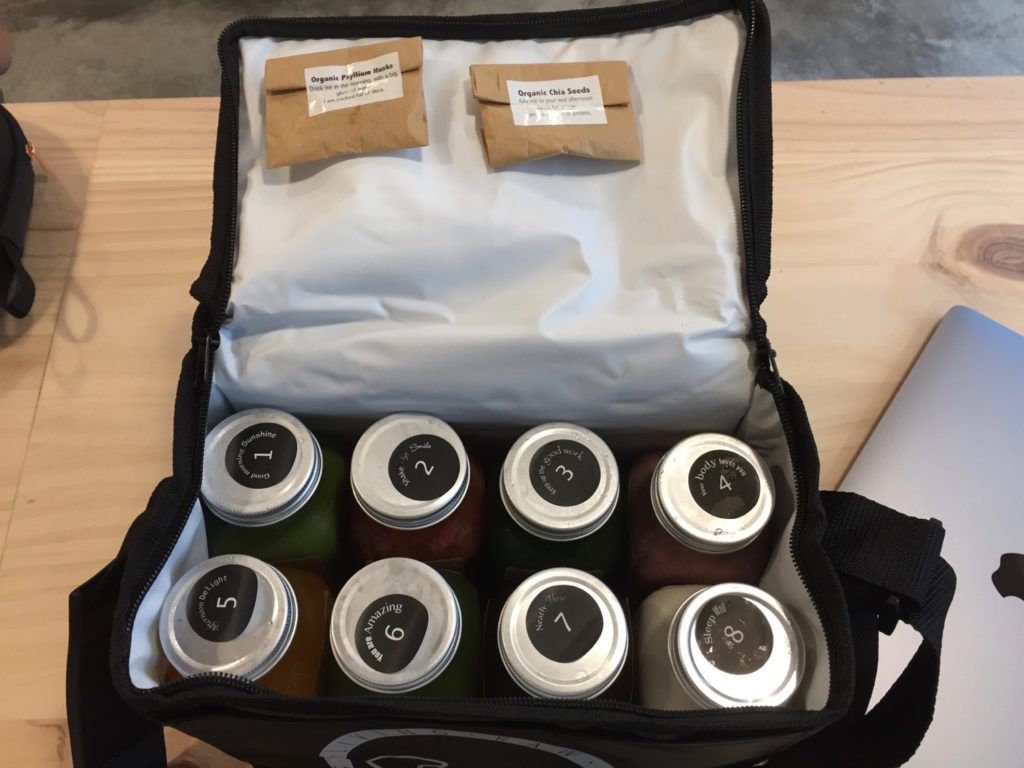
In the interest of tracking our foray into the world of juice, each of the three Coconuts staffers who took part in the cleanse — we’ll refer to them as Subject A, Subject B, and Subject C — kept a diary of how they were feeling over the course of the five days.
We’re not scientists, so we won’t pretend that this is a systematic, data-driven assessment. Rather, think of this more as the excerpted highlights of how three typical, toxin-ravaged people experienced a food trend that is fast becoming a big business globally.
(Spoiler alert: there wasn’t much “overwhelming joy.”)
Day 1: Apprehension, or A Feast of Husks
All three subjects greeted the prospect of five days without solid food with a mixture of curiosity and apprehension. Subject A, who subsists on an almost all-toxin diet, had “front-loaded” with an ungodly amount of noodles and dumplings the night before, much like a bear packing on weight before the lean months of winter.
Subject B, meanwhile, “was intrigued about this experiment in part because I heard that brides-to-be do juice cleanses before walking down the aisle, and I actually just got engaged,” she said. “So I was curious to see what brides put themselves through before squeezing into that wedding dress.” (Oh, by the way, congratulations, Subject B!)
Subject C, the only one in the cohort with experience doing a juice cleanse, insisted — beginning on Day 1 — on repeatedly alerting his fellow subjects to the fact that he wasn’t “that hungry.” This would come to breed resentment among the others.
The only solid food included in the day’s delivery of juices were the aforementioned packets containing about a tablespoon each of chia seeds — the tiny black seeds of the Salvia hispanica, high in fiber and protein — and psyllium husks, the sawdust-y sheathes of the seeds of the herb Plantago ovata, long used in over-the-counter fiber supplements.
[Below: A husk maelstrom in a standard coffee mug.]
Genie recommends stirring the husks into a glass of water for consumption in the mornings, something that proved difficult for the uninitiated.
“I got husks in my keyboard, and think I also accidentally inhaled some,” Subject A reported in his log.
Subjects A and B reported periods of mild peckishness throughout the day, which were alleviated by subsequent juices. Subject C, meanwhile, practically crowed in his daily log’s evening entry: “How am I only on juice no. 5? Not even hungry.”
As previously noted, this would come to breed resentment.
Day 2: Acclimatization, or A Rumble of Distant Thunder
Subject A reported waking up “surprisingly refreshed, slept quite well.” However, the diet of exclusively sweet liquids was already becoming oppressive, with A reporting that he “desperately want[ed] to chew.”
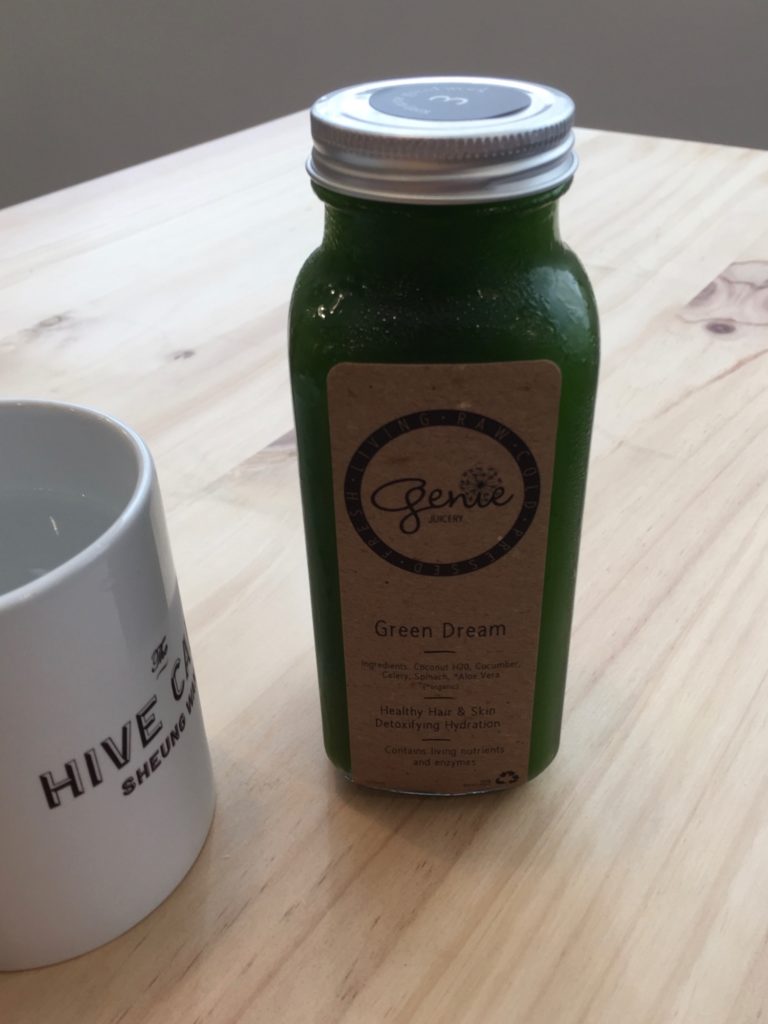
Subject B, on the other hand, had not fared so well during the night, reporting waking up to find her “throat was feeling quite dry and irritated.”
Indeed, the Genie Bible notes dry mouth — along with headaches, weakness, runny nose, nausea, cramps, and both constipation and gas — are among the “classic and common symptoms” of “cleansing your body of toxins.” (Common sense would generally suggest that feeling unwell would be the result of keeping toxins inside of one’s body, but it’s not our part to argue with the Bible.)
B also reported feeling a bit overwhelmed by the sugar and acid, and reported making “a note in my diary to book an appointment with the dentist after this.”
Subject C, meanwhile, was “not really hungry.” By late afternoon, C was all but strutting through the day: “Still not hungry. Unreal.”
Subject A, however, reported periodic “rumbles,” each one “slightly more insistent” than the last.
Day 3: Emptiness, or The Abyss Gazes Back
Subject B began the day with a surprising observation, reporting in her log that her “hair feels noticeably softer,” and indeed, “a lot silkier than normal.”
However, there was a flip side to the coin: “I still feel tired all the time; I have had problems concentrating with work for most of the day.”
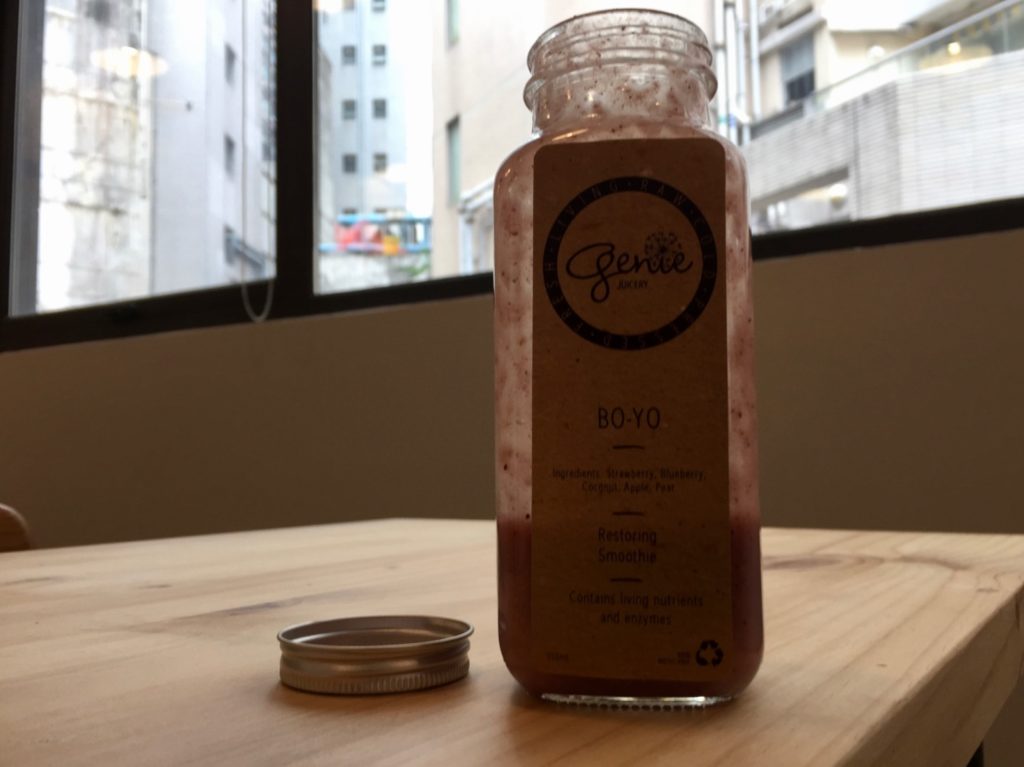
“Headaches also kept coming back throughout the morning… which made concentrating with work a bit difficult.”
Subject A, meanwhile, was also beginning to suffer adverse effects.
“I’m getting to the point where I can no longer quickly and (relatively) painlessly quell the occasional hunger pang with more juice,” he reported, noting a persistent “gnawing in the stomach that the juice isn’t eradicating.”
He also noted subtle psychological distress not only from not eating, but also from knowing he would not be eating anytime soon, saying that he found himself pausing in front of restaurants on the street, “just to get a few whiffs.”
Subject C, meanwhile, was skating along, cheerily noting (on multiple, unsolicited occasions) that the prior day, he only drank five of his eight juices and went for a jog, adding, unnecessarily, that he was “just not that hungry.” (Well, la-di-goddamn-da, Subject C.)
Day 4: Hunger, or The Tendrils of Madness
Subjects A and B continued to report increasing side effects, both mental and physical. Subject C, for his part, continued to infuriate. “Seriously though, I’m not hungry,” his report noted. (If you love the juice so goddamn much, Subject C, why don’t you marry it?)
Subject B began reporting intensifying side effects as a result of the “cleanse.” Covering a protest the night before on a stomach of naught but juice had left her “dizzy or nauseous.” What’s more, she noted, the skin on her face was showing signs of dryness.
“Even taking the evening to have a bit of self care was difficult,” B added. “In this case I was struggling to keep up with an episode of The Sopranos.”
Subject A, meanwhile, was also experiencing altogether stranger side effects.
“The hunger has set in, and the green smoothie couldn’t banish it,” he reported in the morning, also famished from a night of protest coverage. “I also drank yesterday’s beet blood and ate today’s ration of husk and seed; stabilized around 11:20.”
A mere 18 minutes later, however, he reported experiencing “a spontaneous sensation of both smelling and tasting a burrito,” calling it “sudden and convincing.”
By afternoon, A was reporting heightened irritability, saying he had been “short” with a representative of a local company on the phone, “not only because they were being recalcitrant, but also because I’m f**king hungry.”
“In reality, it’s the psychological torture of the juice, the knowledge that there is no deliverance from this ordeal, that is so infuriating,” A’s log reads. “I mutter ‘goddamn juice’ under my breath every time I think about it.”
Subject C, meanwhile: “Yup. Still not hungry.” (Damn you, Suuuuuubjeeeeeect C!!!!!)
Day 5: Endgame, or A Song of Juice and Vodka
With the end of the cleanse in sight, Subjects A and B evinced a grim determination to make it to the end of the day, which improved their outlook.
B reported a “spring in [her] step” knowing that “at the end of this ordeal, there’s a grilled cheese sandwich waiting for me.”
A, meanwhile, said he was “powering through,” albeit with “hunger lingering.”
Subject C, however — in a twist that, under the circumstances, could only be described as delicious — finally reported his first pangs in the early afternoon.
“Man, I’m kind of… hungry?” he stated at 1:25pm. (HA! Suck it, Subject C! How do you like your juice now, you smug bastard?)
The subjects’ sense of determination held through the end of the workday, at which point all three celebrated the completion of their ordeal by ceremonially mixing their last juices with vodka. (Oh, did we mention the subjects also had to give up alcohol for the entirety of the “cleanse”?)
The vodka juice was good. Very good.
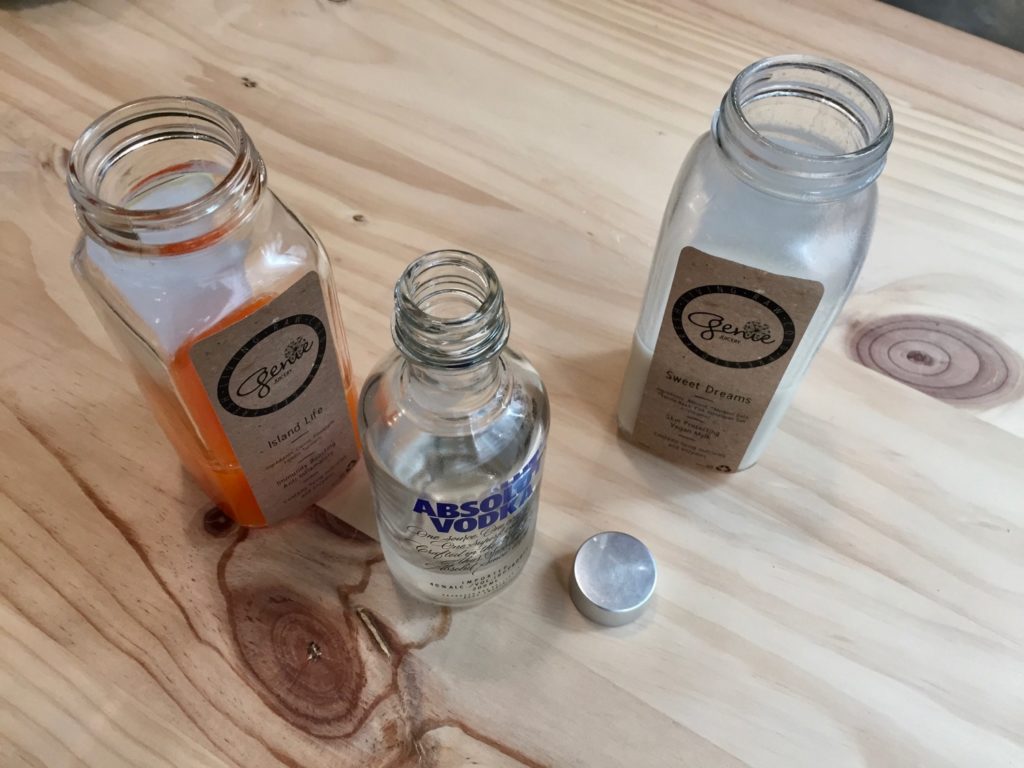
Conclusions
With our long national nightmare at an end, what did we learn from all this? Well, it’s hard to say. We knew much of the science behind juice cleanses was a bunch of hogwash going into the ordeal, but what of how we felt?
Lighter? Maybe, but not in any way that could be described as pleasant. (Except for Subject C, maybe. Bet he thinks he’s sooooo good.)
Brighter? Not quite. While subject A reported sleeping better, it may have simply been because he was more fatigued at the end of each day, and Subject B’s difficulty following a prestige TV drama can attest to some diminishment of faculties.
Overwhelming joy? Uhhhh. After a few days, some subjects reported lightheadedness, or a squirrelly twitchiness akin to having way too much coffee. If that’s your idea of joy, well then yeah, it was pretty overwhelming.
Our main takeaway is this: There’s almost no reason in the world to do a five-day juice cleanse. If you want to reduce your calorie intake, or up your vitamins, you could easily accomplish the same thing by just eating fresh fruits and vegetables, while also reaping the rewards of sweet, sweet fiber in non-husk form.
As for your toxins, your body is just fine at getting rid of them on its own, thank you very much. And besides, toxins are fun!
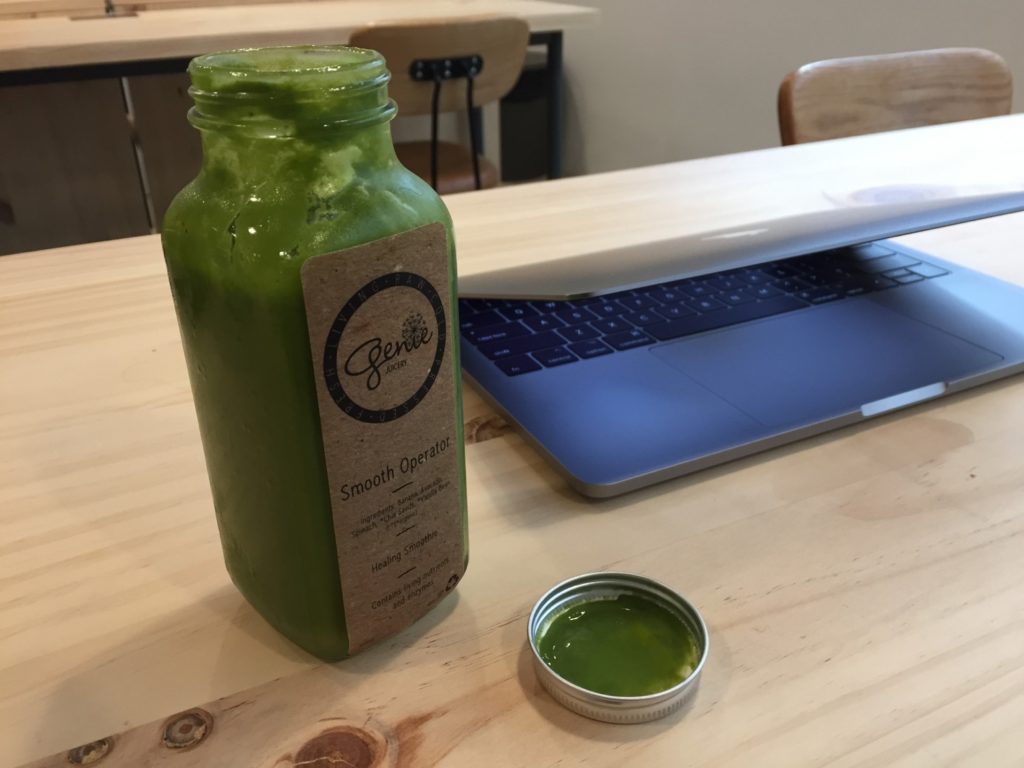
However, we did learn at least one thing that we didn’t expect: You can actually live on juice. And comfortably too, at least in the short term. That being the case, if you’re pressed for time, and want a quick-and-healthy replacement for a regular meal, maybe a nice juice ain’t such a bad idea.
And Genie’s juices, for the most part, are quite tasty. The green Smooth Operator (HK$70) was a crowd-pleaser — not too sweet, not too vegetal, healthy but not a chore, and relatively filling. The Sweet Dreams (HK$60), meanwhile, made predominantly from almond milk, tasted kinda like the milk left over from a bowl of shredded wheat (in a good way). And the Island Life (HK$60) with carrot, turmeric, pineapple, and lemon had a nice zing and, incidentally, goes great with vodka.
So, do with that what you will, but for the love of god, don’t follow in our heroic example and attempt the five-day cleanse.
As Subject B put it: “I said earlier that I wanted to understand what brides-to-be put themselves through in order to fit into their wedding dress. And do you know what? I’d rather be fat on my wedding day.”
“If this is what overwhelming joy is supposed to feel like, then count me out.”
